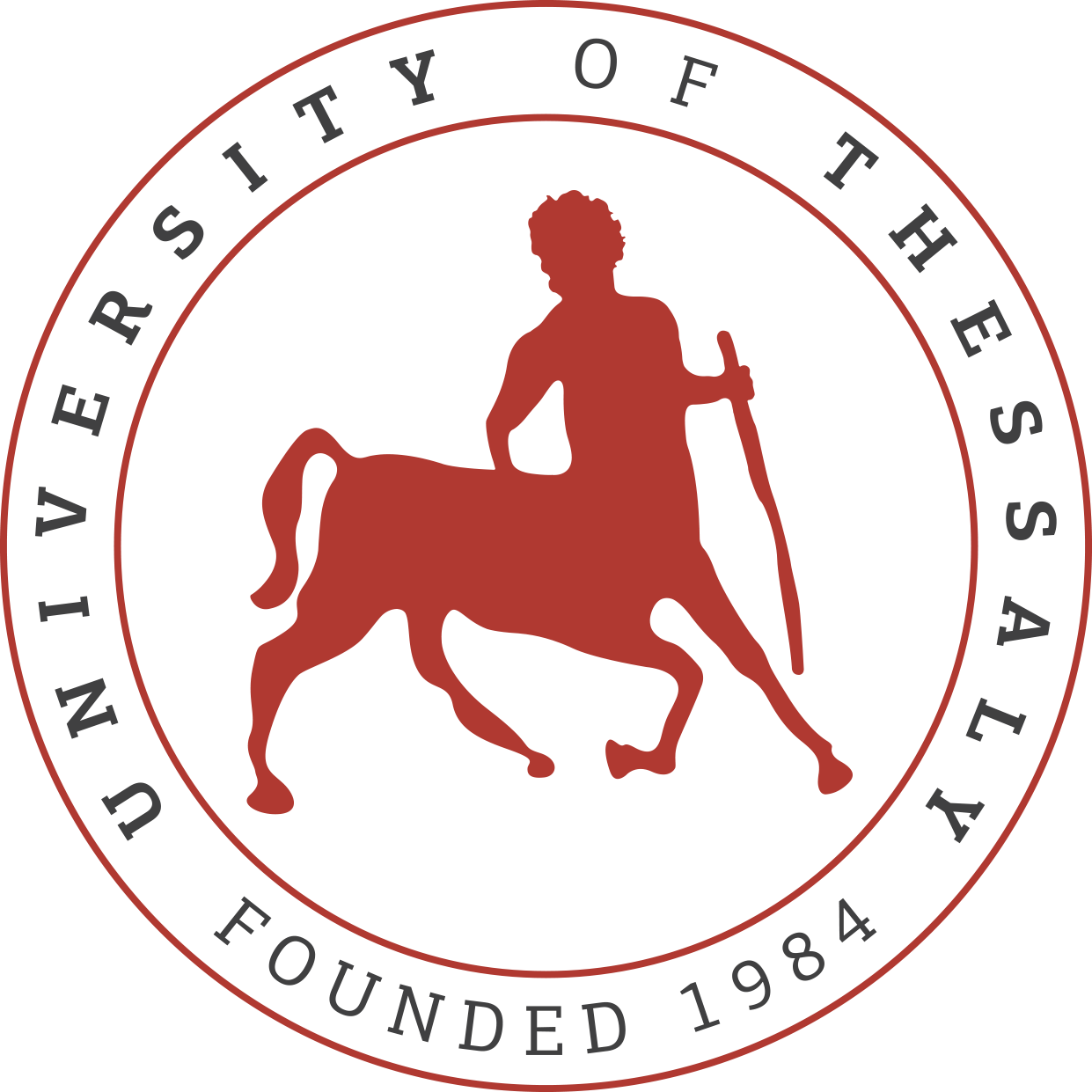Curating: History and Theories
Code: ΥΠ 431
Semester: 4
ECTS: 5
Course Instructor: Sotirios Bahtsetzis
COURSE DESCRIPTION
The field of curation has gained unprecedented importance and recognition, both in the art world and in the wider mainstream culture in recent years. Curators are responsible for a range of tasks in addition to acquiring, storing, creating, and exhibiting collections. Other duties include selecting themes and exhibit design, organizing, and conducting tours and workshops, guiding, and supervising scientific, technical, and educational staff, as well as planning and conducting special research projects. However, since the 1960s the profession of independent curator has been introduced. Independent curators work with institutions to organise exhibitions that promote their own style and themes, making them autonomous creators. Focusing on case studies, the course examines the historical development of curatorial practices as well as a critical approach to diverse and seemingly different contemporary theoretical positions concerning curation. By exploring curatorial practices both in a museological context and beyond the museum, the course attempts a universal overview of curation as a tool for researching the cultural conditions of cultural institutions and communities, as well as a thorough evaluation of this epistemological field.
SUGGESTED BIBLIOGRAPHY
- Bennett, Tony. The exhibitionary complex. Routledge, 2019.
- O’Doherty, Brian, Inside the White Cube: The Ideology of the Gallery Space, University of California Press, Μπέρκλεϋ και Λος Άντζελες, 1976.
- O’Neill, Paul, The culture of curating and the curating-of culture(s), Κέμπριτζ Μασσαχουσέτης: The MIT Press, 2012.
- Kaniari Asimina, The museum as a place of Art History: Exhibitions, Collections and Art from the 19th to the 21st century, Grigori, Athens, 2017.


